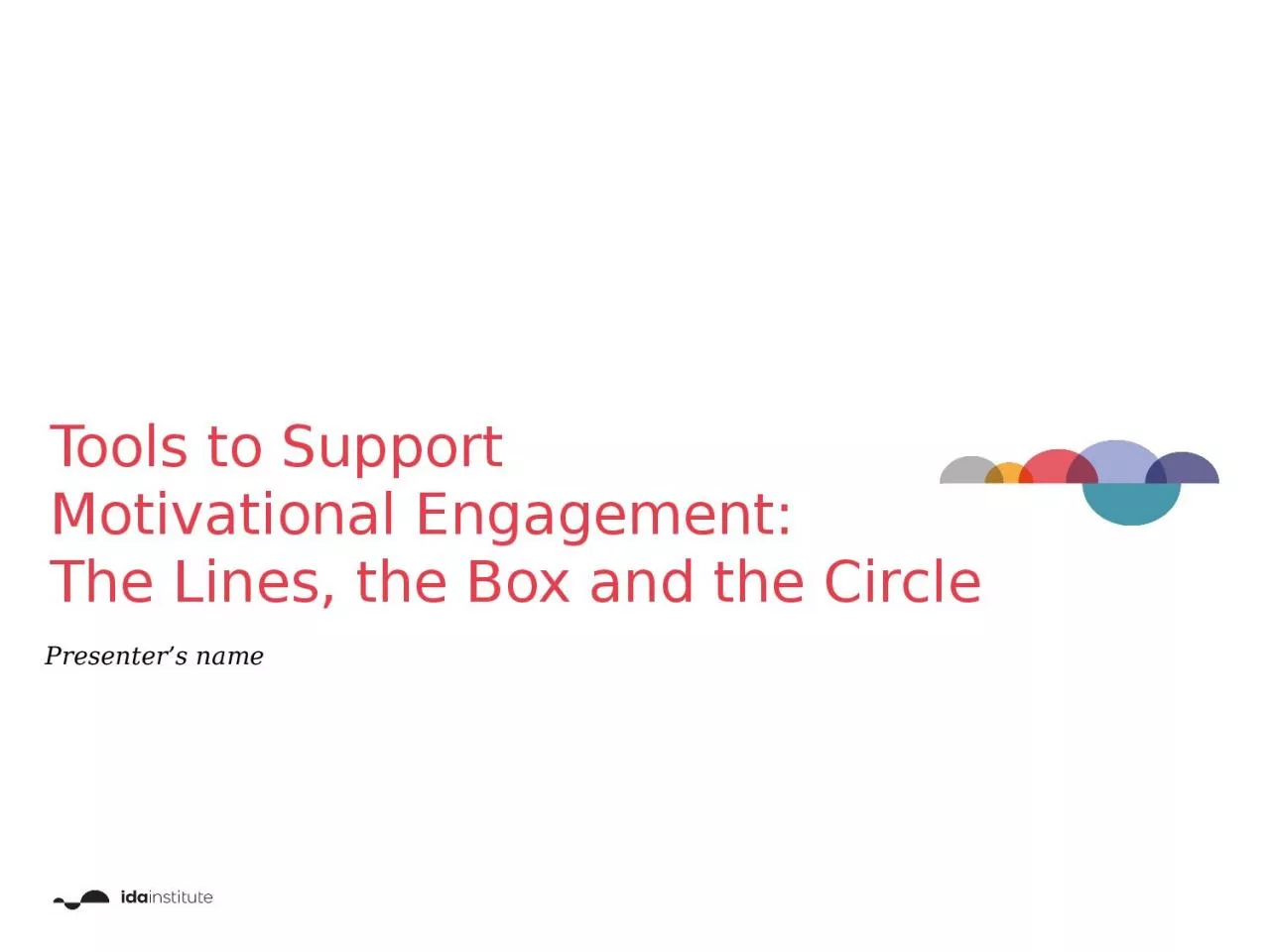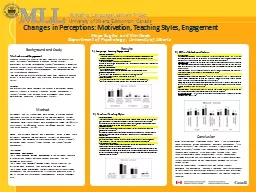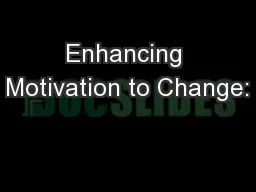PPT-Tools to Support Motivational
Author : summer | Published Date : 2024-01-29
E ngagement The Lines the Box and the Circle Presenters name Workshop Outline 19112013 Slide 2 About the Ida Institute Goals for today Why motivation Background
Presentation Embed Code
Download Presentation
Download Presentation The PPT/PDF document "Tools to Support Motivational" is the property of its rightful owner. Permission is granted to download and print the materials on this website for personal, non-commercial use only, and to display it on your personal computer provided you do not modify the materials and that you retain all copyright notices contained in the materials. By downloading content from our website, you accept the terms of this agreement.
Tools to Support Motivational: Transcript
Download Rules Of Document
"Tools to Support Motivational"The content belongs to its owner. You may download and print it for personal use, without modification, and keep all copyright notices. By downloading, you agree to these terms.
Related Documents














